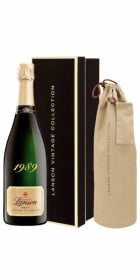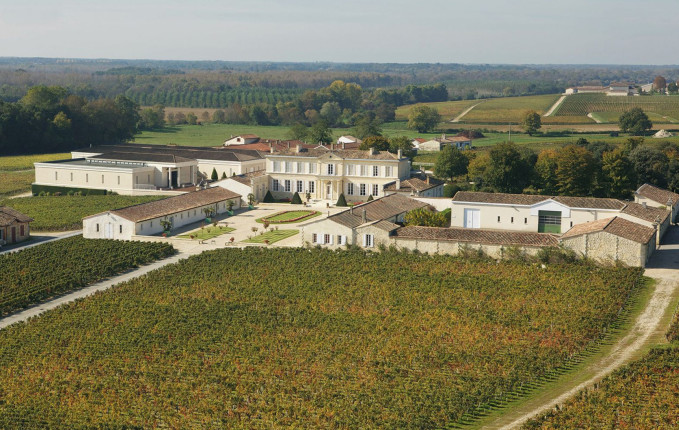
20€ coupon code for your first order by subscribing to our newsletter
Wine and spirits masterpieces to your doorstep
Free delivery from 300€ in Europe and from 1000 €/$ in USA

Secure packaging and transport insurance



The Château Branaire-Ducru is one of the most modern Domaines from Saint-Julien, whose particularly elegant wines invite nothing but pleasure. The first owner was a Bordeaux notary, Jean-Baptiste Braneyre, who in 1680 fully perceived its potential.
The Château as we know it today was built by his descendants, the Duluc family.
In 1855, the Château Branaire was named Fourth Grand Cru Classé in the famous classification formalized for the Paris World's Fair. The name Branaire (Duluc-Ducru) was finally adopted by Gustave Ducru in 1857. It wasn't until 1988 that it came under the banner of the Maroteaux family, marking the beginning of an era of modernity with the aim of producing great wines, irreproachable in expression and complexity. Today, François-Xavier Maroteaux is the second generation to uphold this philosophy.
The Château Branaire-Ducru lies on magnificent soil of deep gravel over clay, facing the Gironde estuary. The 60-hectare vineyard is 65% Cabernet Sauvignon, 28% Merlot, 4% Petit Verdot and 3% Cabernet Franc.
The estate also produces a Second wine, Duluc de Branaire-Ducru.
The wines of Château Branaire-Ducru are wines of emotion: fleshy, complex and sign a true expression of fruit.
The 2016 vintage is an illustration of the great wine years that only Bordeaux has the secret. The beginning of the season was initially constraining from a climatic point of view and this until spring, but fortunately the flowering of the vineyard benefited from a beautiful sunshine in June. The summer turned out to be hot and dry, ideal for the development of the berries. A few rains in September revived the ripening process and at harvest time, the harvest proved to be of exceptional quality.
Blend of the 2016 vintage: 64% Cabernet Sauvignon, 27% Merlot, 6% Petit Verdot, 3% Cabernet Franc.
The robe presents a beautiful deep red color, adorned with a brilliant slightly tiled complexion.
The nose offers fresh notes of ripe fruit and black cherry, followed by mellow wood, exotic spices and menthol.
Delicate on the attack, it shows a silky touch on the palate and quickly reveals a beautiful fruity radiance. Its finely chiselled tannins make it develop rich and powerful, rising crescendo in density and depth to a long and tasty finish. A great Saint-Julien that is still far from revealing its full potential.
Food and wine pairing:
Château Branaire-Ducru 2016 will wonderfully accompany a beef Wellington with black garlic, a leg of lamb of 3 hours, a duck breast with a sauce of porcini mushrooms from the Périgord or a roast pigeon with crosnes and trumpets of death.
It will also be perfect with uncooked pressed cheeses such as Cantal, Edam, Morbier or Saint-Nectaire.
For dessert, it will be particularly delicious with an extra hazelnut tart from Guillaume Mabilleau, a praline entremet or a chocolate layer cake.
Ageing potential and tasting:
Château Branaire-Ducru 2016 is a great Saint-Julien with great cellaring potential, which will reach its peak between 2035 and 2038.
However, it lends itself wonderfully to tasting today. To do this, open and decant the bottle 5 to 6 hours before tasting so that the wine can fully express its potential, at a temperature between 15 and 18°C.
The bottles will be kept in the cellar protected from the light, lying down, at an optimal hygrometric degree of 70%.